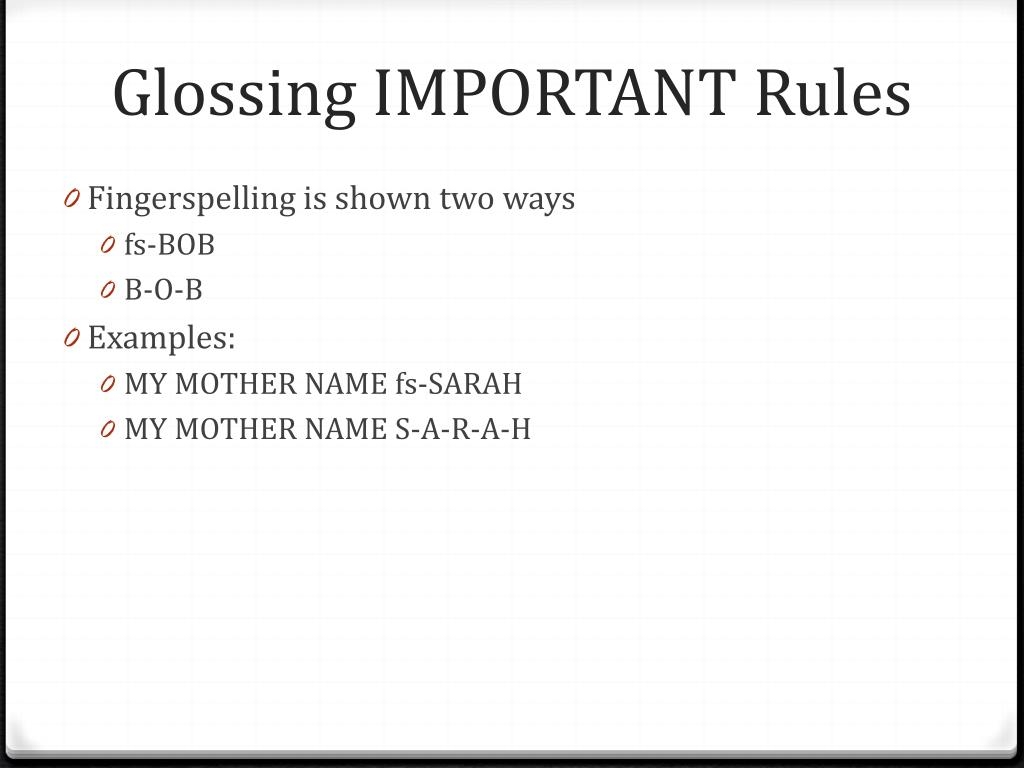American Sign Language (ASL) is a visual language used by the Deaf community in the United States. Just like spoken languages, ASL has its own grammar rules and syntax that govern how sentences are structured. Understanding ASL syntax is crucial for effective communication in this unique language.
ASL syntax differs significantly from English syntax. In English, sentences typically follow a subject-verb-object (SVO) order, such as “I love ASL.” However, ASL follows a topic-comment structure, where the topic of the sentence is introduced first, followed by the comment or action. For example, to say “I love ASL” in ASL, you would sign “ASL I LOVE.”
ASL Correct Syntax
In ASL, facial expressions, body language, and non-manual markers play a crucial role in conveying meaning and emphasis. Additionally, the use of space and movement in signing also contribute to the syntax of the language. ASL sentences are often constructed using a combination of signs, facial expressions, and spatial references to convey complex ideas.
Another important aspect of ASL syntax is the use of classifiers, which are handshapes that represent categories of objects or actions. Classifiers are used to show how objects move, their size, shape, and location in space. By incorporating classifiers into sentences, signers can provide detailed descriptions and convey specific information effectively.
ASL also uses a variety of grammatical markers, such as directional signs, role-shifting, and verb agreement, to indicate relationships between signs and convey nuances in meaning. These markers help clarify the subject, object, and verb in a sentence, ensuring clear communication and understanding among signers.
Overall, mastering ASL syntax is essential for proficient communication in American Sign Language. By understanding the unique grammar rules, sentence structure, and use of non-manual markers in ASL, signers can express themselves clearly and effectively in this visual language.
In conclusion, ASL correct syntax plays a vital role in facilitating communication within the Deaf community. By following the topic-comment structure, incorporating classifiers, and using grammatical markers effectively, signers can convey complex ideas and emotions in ASL. Understanding and practicing ASL syntax is key to becoming a proficient signer and fostering meaningful connections within the Deaf community.
